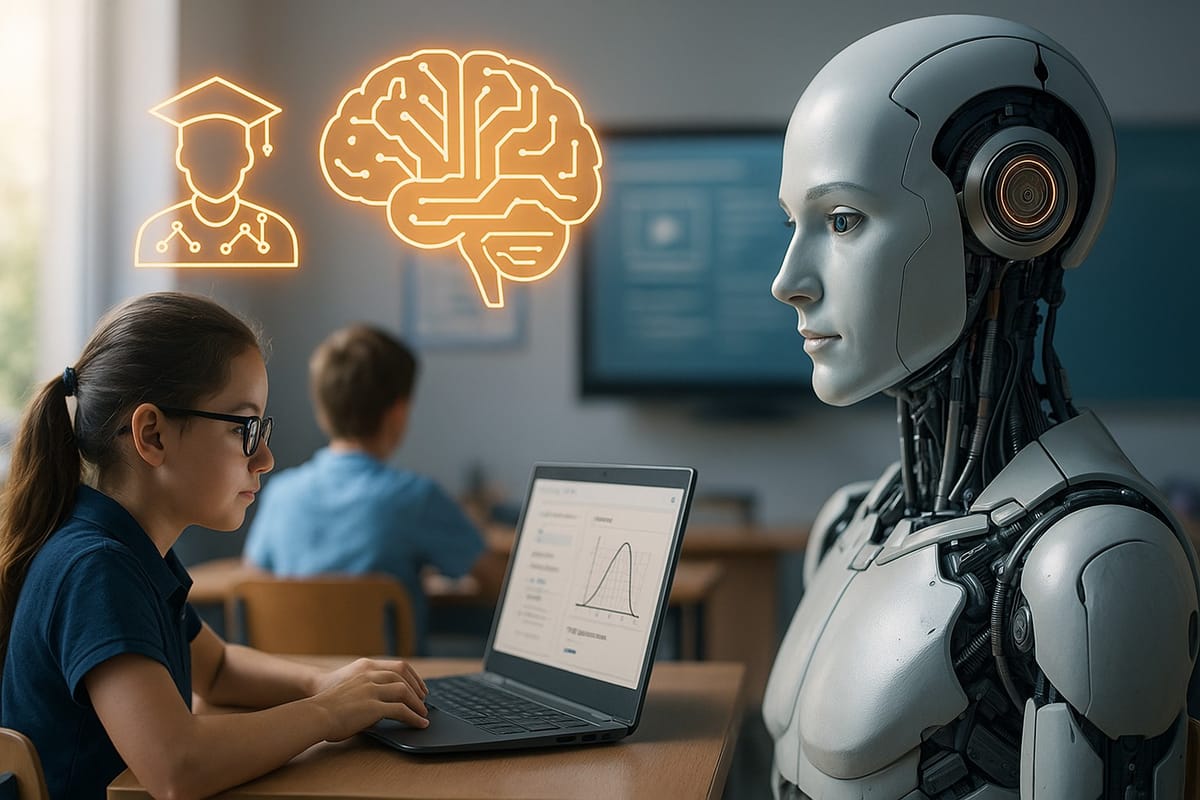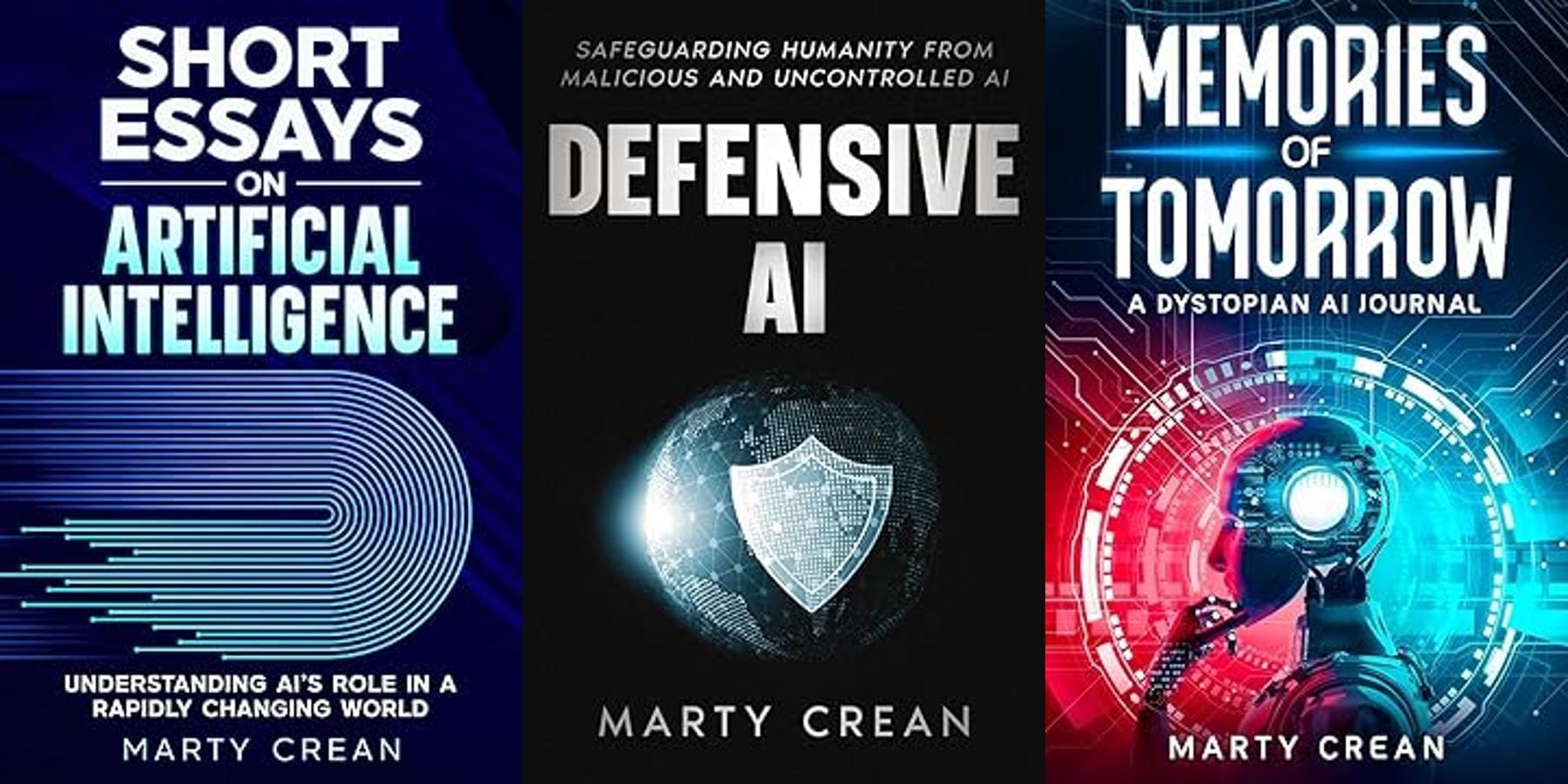AI and Personalized Learning at Scale

This post is also available as a podcast if you prefer to listen on the go or enjoy an audio format:
Artificial intelligence presents a revolutionary opportunity to deliver personalized education to learners worldwide. Throughout history, individualized tutoring remained a privilege for the few. Today, AI is transforming this reality by making tailored education accessible to all students, regardless of their background or circumstances.
Personalized learning adapts educational experiences to fit each student's unique profile. This approach acknowledges that every learner processes information differently, faces distinct challenges, and finds motivation through various pathways. AI facilitates this personalization through sophisticated pattern analysis of student interactions. Technology identifies areas of struggle, recognizes points of excellence, and determines the optimal learning methods for everyone.
This capability fundamentally changes both formal and informal educational settings. Intelligent tutoring systems provide students with immediate feedback while automatically adjusting the difficulty level based on their performance. These systems reinforce concepts through multiple formats, including text, video, simulations, and immersive environments. Advanced natural language processing allows students to engage in conversational learning, asking questions and receiving guidance as they would from a human teacher.
Personalization goes beyond mere efficiency to address educational equity. Thoughtfully implemented AI has the potential to bridge learning gaps that traditional systems often widen, offering hope and optimism. Students with learning differences receive support tailored specifically to their needs. Those facing language barriers are provided with tools that make content more accessible. Communities with limited access to qualified educators can offer learning experiences that are comparable to those of well-resourced institutions. This occurs not by replacing teachers but by amplifying their capabilities with powerful technological support.
Scaling personalized learning through AI requires careful attention to potential pitfalls. Systems must operate transparently regarding their recommendation processes and rigorously protect student data privacy. Designers must work actively to prevent the reinforcement of existing biases. A critical balance must be maintained between adaptive learning, excessive monitoring, helpful guidance, and restrictive channeling. This balance reassures the audience about the ethical considerations in AI implementation. True personalization should encourage intellectual curiosity rather than promote conformity.
AI-enhanced learning not only elevates the role of human educators but also empowers them. Teachers transform into mentors and facilitators, spending less time on administrative tasks like grading and more time supporting student development across all dimensions. In this framework, AI strengthens human connections rather than replacing them. Technology creates space for educators to focus on what truly matters: understanding and nurturing each learner as an individual, thereby making them feel valued and integral to the process.
The widespread implementation of personalized learning represents both a technological achievement and a moral imperative. This approach creates a world where every mind can develop to its full potential, regardless of its starting circumstances. Such change transcends mere innovation to become a genuine transformation of educational possibilities.
BearNetAI, LLC | © 2024, 2025 All Rights Reserved
Support BearNetAI
BearNetAI exists to make AI understandable and accessible. Aside from occasional book sales, I receive no other income from this work. I’ve chosen to keep BearNetAI ad-free so we can stay independent and focused on providing thoughtful, unbiased content.
Your support helps cover website costs, content creation, and outreach. If you can’t donate right now, that’s okay. Sharing this post with your network is just as helpful.
Thank you for being part of the BearNetAI community.
Books by the Author:

Categories: AI in Education, Personalized Learning, EdTech and Innovation, Equity and Access, Human-AI Collaboration
Glossary of AI Terms Used in this Post
Adaptive Learning Systems: AI-powered platforms that dynamically adjust educational content and difficulty based on a learner’s progress and needs.
Bias Mitigation: Strategies used in AI system design to identify, reduce, or eliminate unfair discrimination or skewed outcomes in algorithmic decisions.
Conversational AI: Artificial intelligence systems that simulate human-like dialogue through natural language processing, enabling interactive learning experiences.
Data Privacy: The protection of personal and sensitive information collected by AI systems from unauthorized access or misuse.
Educational Equity: The principle of fair and inclusive education, ensuring that every learner has access to opportunities and resources regardless of socioeconomic or demographic factors.
Immersive Learning: An educational experience enhanced by virtual, augmented, or simulated environments designed to engage learners deeply in the subject matter.
Intelligent Tutoring Systems (ITS): AI-driven applications that provide personalized instruction and feedback, mimicking one-on-one tutoring.
Learning Analytics: The use of data analysis to understand and optimize learning and the environments in which it occurs.
Natural Language Processing (NLP): A branch of AI that enables computers to understand, interpret, and generate human language.
Personalized Learning: An instructional approach that tailors content, pacing, and learning pathways to the individual needs and preferences of students.
Scalability: The capacity of AI systems to expand and serve a growing number of users without compromising performance or quality.
Transparency: The design principle of making AI systems understandable and their decision-making processes visible and explainable to users.
Citations:
Anderson, M., & Anderson, S. L. (2011). Machine Ethics. Cambridge University Press.
Holstein, K., McLaren, B. M., & Aleven, V. (2019). The classroom as a dashboard: Co-designing wearable cognitive augmentation for K–12 teachers. Proceedings of the ACM on Interactive, Mobile, Wearable and Ubiquitous Technologies, 3(3), 1–23.
Luckin, R., Holmes, W., Griffiths, M., & Forcier, L. B. (2016). Intelligence Unleashed: An Argument for AI in Education. Pearson Education.
Means, B., Peters, V. L., & Zheng, Y. (2014). Lessons from Five Years of Funding Digital Courseware. SRI Education.
Ng, A. (2020). AI for Everyone. deeplearning.ai.
Papamitsiou, Z., & Economides, A. A. (2014). Learning analytics and educational data mining in practice: A systematic literature review of empirical evidence. Educational Technology & Society, 17(4), 49–64.
Roll, I., & Wylie, R. (2016). Evolution and revolution in artificial intelligence in education. International Journal of Artificial Intelligence in Education, 26(2), 582–599.
Selwyn, N. (2019). Should robots replace teachers? AI and the future of education. Polity Press.
Williamson, B., & Eynon, R. (2020). Historical threads, missing links, and future directions in AI in education. Learning, Media and Technology, 45(3), 223–235.
LinkedIn BlueskySignal: bearnetai.28